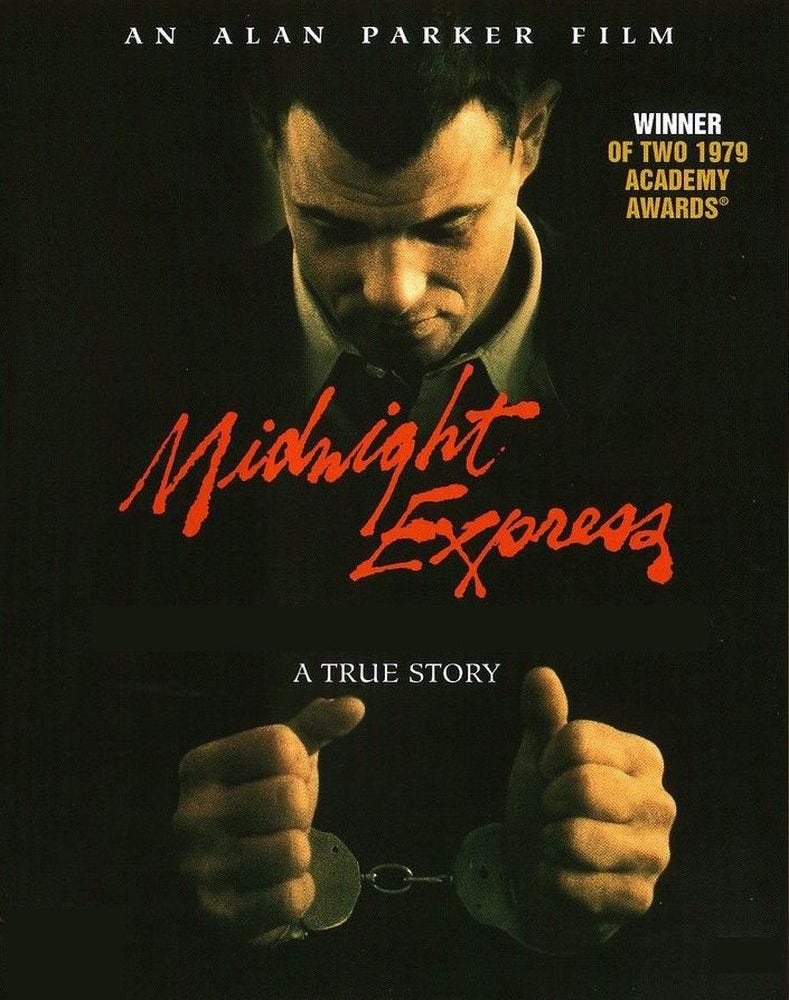Here’s your curated weekly ’74Picks round-up of the best to read, watch, listen, and do this week. From Beyoncé’s new visual album and Cao Fei’s new exhibition at Serpentine Gallery to our film pick Midnight Express by the late Alan Parker. Enjoy your ’74Picks!
LISTEN: Black is King by Beyoncé
The soundtrack companion to The Lion King: The Gift was initially released last year. Now, as a visual album, Black is King explores themes of African cultures and heritage while presenting a contemporary interpretation of The Lion King. Beyoncé explained that she believes The Gift “is the first soundtrack where it becomes visual in your mind” and she added, “I wanted to put everyone on their own journey to link the storyline. Each song was written to reflect the film’s storytelling that gives the listener a chance to imagine their own imagery.” Black Is King contains multiple chapters representing different localities, such as Nigeria and Ghana, with cast and crew of that nationality recruited to contribute and filming taking place in those countries.
LOOK: Cao Fei at Serpentine Gallery
This project at the Serpentine Galleries is Cao Fei’s first large-scale institutional solo exhibition in the UK, and is the third time that she has participated in the Galleries’ artistic program: firstly, as part of ‘China Power Station: Part 1’, an offsite Serpentine exhibition at Battersea Power Station in 2006, where the artist presented her film, Whose Utopia?, and then in 2008, with the installation of RMB City in the Gallery’s entrance space, where visitors could access a fictional city constructed in the online virtual world of Second Life.
WATCH: Midnight Express direction by Alan Parker

Midnight Express is a 1978 prison neo-noir drama film directed by Alan Parker, produced by David Puttnam and written by Oliver Stone, based on Billy Hayes’ 1977 non-fiction book Midnight Express. It stars Brad Davis, Irene Miracle, Bo Hopkins, Paolo Bonacelli, Paul L. Smith, Randy Quaid, Norbert Weisser, Peter Jeffrey, and John Hurt.
Hayes was a young American student sent to a Turkish prison for trying to smuggle hashish out of Turkey. The film deviates from the book’s accounts of the story, especially in its portrayal of the Turkish characters, and some have criticized this version, including Billy Hayes himself. Later, both Stone and Hayes expressed their regret about how Turkish people were portrayed in the film. The film’s title is prison slang for an inmate’s escape attempt.
READ: Tyler Mitchell, I Can Make You Feel Good (Prestel, 2020)

In his debut monograph, Mitchell unifies his body of photography and film from his first US solo exhibition at the International Center of Photography (ICP) in New York. Each page of I Can Make You Feel Good is full bleed and bathed in Mitchell’s signature candy-colored palette. With no white space visible, the book’s design mirrors the photographer’s all-encompassing vision, which is characterized by the use of glowing natural light and rich color to portray the young Black men and women he photographs with intimacy and optimism. The monograph features written contributions from Hans Ulrich Obrist (Artistic Director, Serpentine Galleries), Deborah Willis (Chair of the Department of Photography & Imaging at the Tisch School of the Arts at New York University), Mirjam Kooiman (Curator, Foam), and Isolde Brielmaier (Curator-at-Large, ICP), whose critical voices examine the cultural prevalence of Mitchell’s reimagining of the Black experience.
BROWSE: Yoshitomo Nara Paints What He Hears By Nick Marino for NYTimes
Ahead of a major retrospective in Los Angeles, the Japanese artist discusses his musical education.
Nara developed his signature style in the 1990s, during art school when he began painting what a new Phaidon monograph calls “those big-headed girls.” Rendered in acrylic with cartoonish proportions, these cherubic figures seemed, at first glance, indebted to both American twee and Japanese kawaii but were far from innocents. With their slit mouths and saucer eyes, their faces radiated exquisite ambivalence. “People refer to them as portraits of girls or children,” says the curator Mika Yoshitake, an expert on postwar Japanese art. “But they’re really all, I think, self-portraits.”

